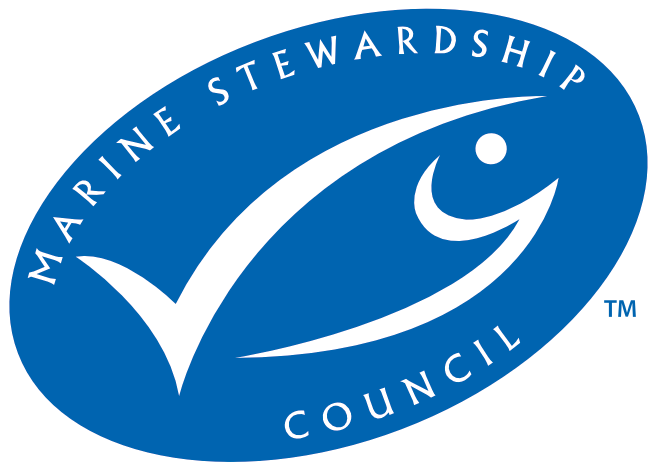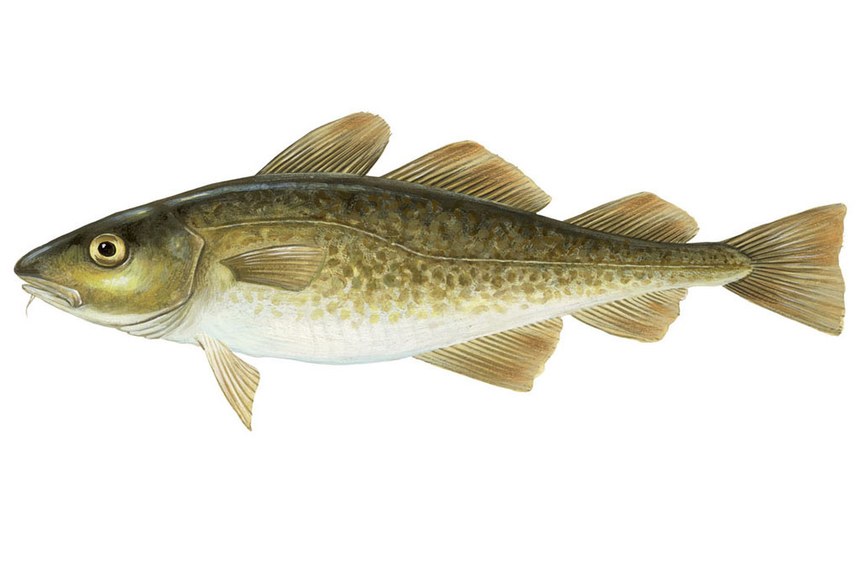
- Certifier :
- UCSL United Certification Systems Limited
- Certified status :
- Certified
- Certified since :
- 26 Jan 2016
- Certificate expires :
- 24 Jul 2026
Overview
Fisheries are composed of one or more parts, each of which is entitled to receive an MSC certificate. These parts or “units” are defined by their target stock(s), fishing gear type(s) and if relevant vessel type(s), and the fishing fleets or groups of vessels.
When the term “Unit of Certification” is used for fishing units that are in assessment, it refers to the “Unit of Assessment” or “Unit of potential certification”. Expand a status below to view the parts that form this fishery. To check the detailed scope, download the latest certificate or open the Assessments page to get the latest report. Find out more by visiting our page on Fisheries
Catch by Species
| Species | Reported Catch Year | Metric Tonnes |
|---|---|---|
| Haddock (Melanogrammus aeglefinus) | 2023 | 7,940.1 |
| Atlantic cod (Gadus morhua) | 2023 | 27,409.0 |
| Saithe(=Pollock) (Pollachius virens) | 2023 | 1,428.2 |
Information is provided by an independent Conformity Assessment Body as live weight (the weight of species at the time of catch, before processing) and where a fishing season covers multiple years, the end year is given as the reported catch year. Additional information is available in the latest report, see the assessments page.
Eligibility, client groups and vessel lists
A fishery may choose to define the members of the fishery certificate. These members can be vessels or other client group members (e.g. companies that own vessels and/or companies that are named as eligible to handle certified product covered within the fishery certificate scope). Please refer to the fishery certificate statement on additional product specific eligibility criteria (e.g. product eligibility limitations, eligibility date, exclusive points of landing and the point where Chain of Custody certificate is required). Please consult the fishery Public Certification Report for product eligibility rationale.
| Documents | Published on | Files |
|---|---|---|
| Vessel List | 14 Oct 2024 | 1 files |
About this Fishery
This fishery, located in the Barents and Norwegian Seas, and within Norwegian, Russian and international waters, targets cod and haddock using demersal trawls.
Atlantic cod and Atlantic haddock both have populations in the Barents and Norwegian seas that are discreet enough to be considered and managed as a separate North East Arctic stock. Cod in these seas become mature at between five and 10 years old, which is two to three years later than populations further south in the North Sea.
The haddock is effectively a bycatch of the larger cod fishery, although in abundant years there are some directed trawls and longlines targeting haddock specifically. Of a total allowable catch of 499,850 tonnes in 2013, cod made up 424,735 tonnes to 75,115 tonnes of haddock.
“Through the process of becoming MSC certified, we’ve learnt a lot about the environmental problems that exist in our traditional fishing areas in the Barents and Norwegian Seas. For us, MSC certification is not only a means to access new markets, but an opportunity to work in collaboration with stakeholders to improve the marine environment especially in the northern seas.”
- Sergey Nesvetov, Executive director of the ATF
Atlantic cod (Gadus morhua) image © Scandinavian Fishing Year Book
Market Information
The commercial market for the catch is principally in Russia, the EU and China.
